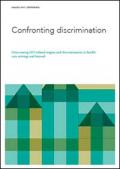Publications on People Living With HIV (PLHIV)
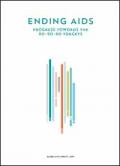
Resource | Publications,
This report demonstrates the power of the 90–90–90 targets and what can be achieved in a short time. It shows that innovations are possible at every level—from communities to research laboratories, from villages to cities. It illustrates the power of political leadership to make the impossible possible.

Resource | Publications,
This document offers guidance on why and how efforts to Fast-Track HIV prevention, testing and treatment services can and should be grounded in human rights. Beyond being an imperative in themselves, human rights principles and approaches are critical to addressing barriers to HIV services and to achieving HIV targets.
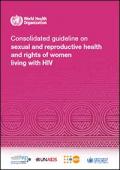
Resource | Guidelines,
This guideline is meant to help countries to more effectively and efficiently plan, develop and monitor programmes and services that promote gender equality and human rights and hence are more acceptable and appropriate for women living with HIV, taking into account the national and local epidemiological context.
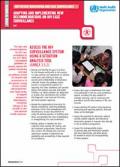
Resource | Publications,
The tools and recommendations for HIV case surveillance in the 2017 WHO Consolidated guidelines on person-centred HIV patient monitoring and case surveillance should be adopted and customized to fit the specific setting of each country and programme; most importantly, to support programme improvement, strengthen linkages in the cascade of care and optimize health outcomes.
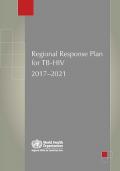
Resource | Tools,
People living with HIV are 29 times (26–31) more likely to develop tuberculosis (TB) disease compared with people without HIV and living in the same country. TB is a leading cause of hospitalization and death among adults and children living with HIV, accounting for one in five HIV-related deaths globally.

Resource | Publications,
In this publication, personal stories of people living with or affected by HIV highlight how the AIDS response has increased inclusion, ensuring access to services for all, embracing diversity, and reaching vulnerable and marginalized people. The stories provide examples of how the AIDS response pioneered innovations, providing integrated service delivery, removing barriers to services, and working with communities.









